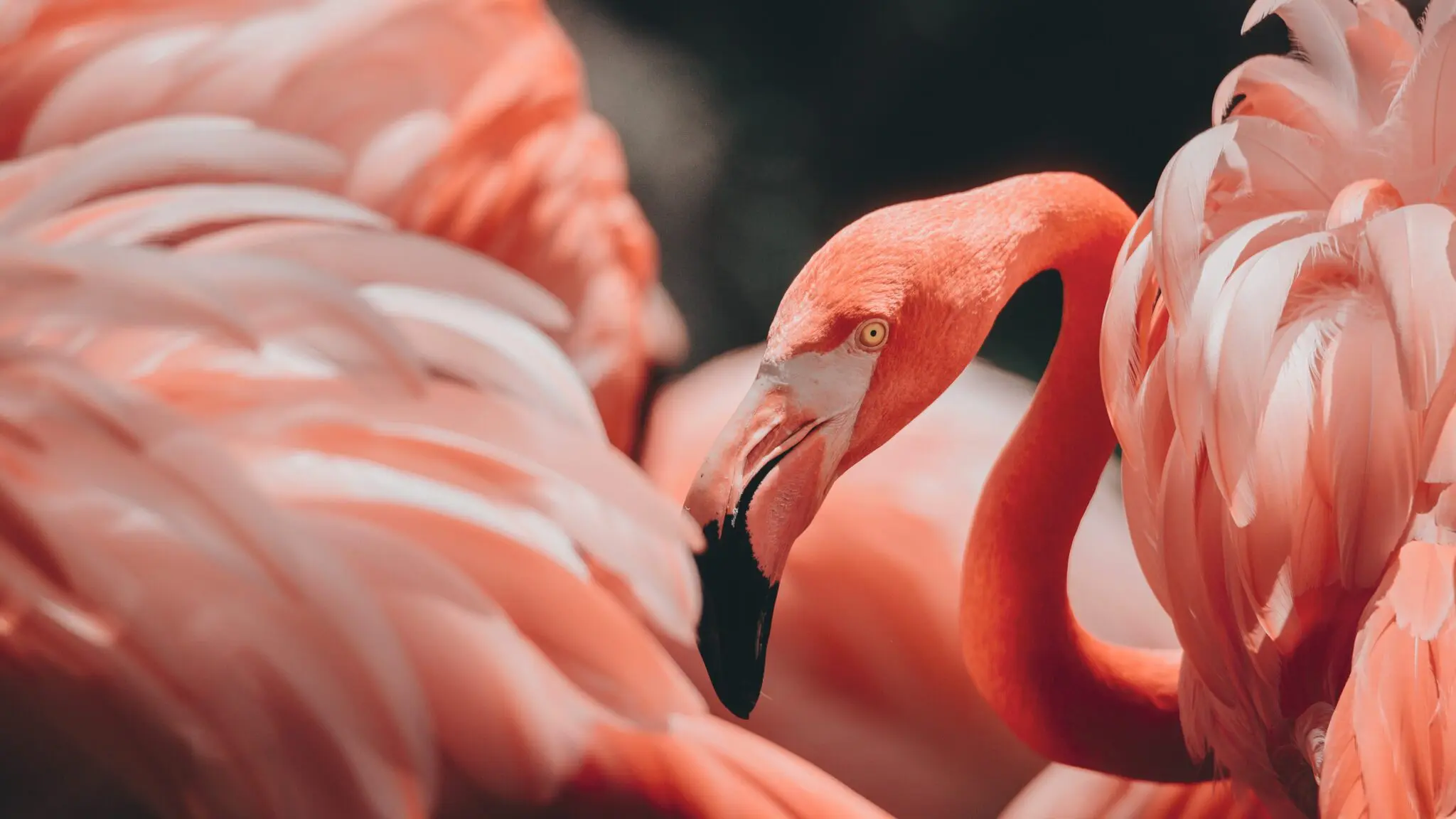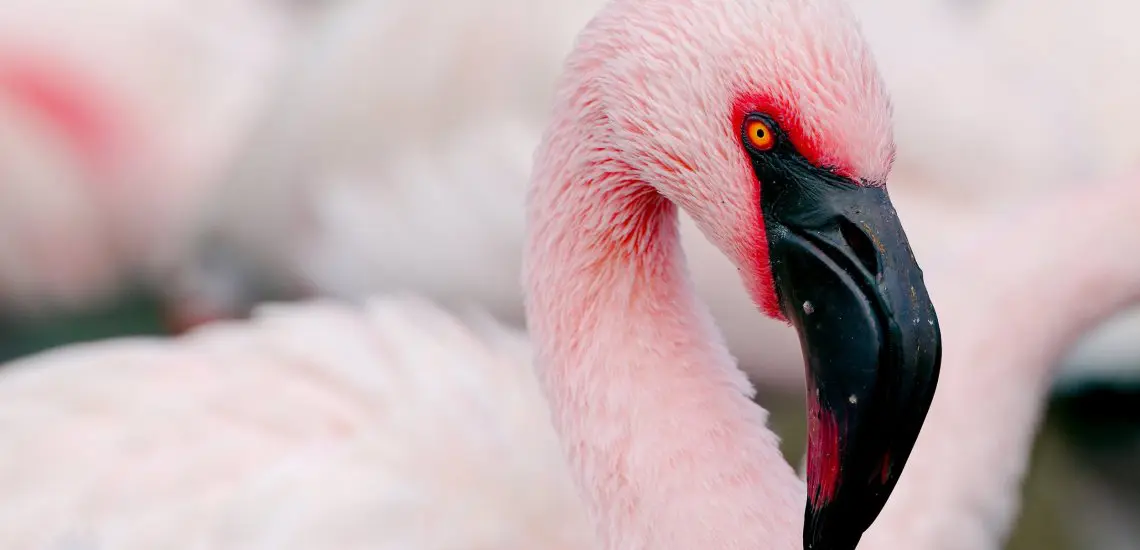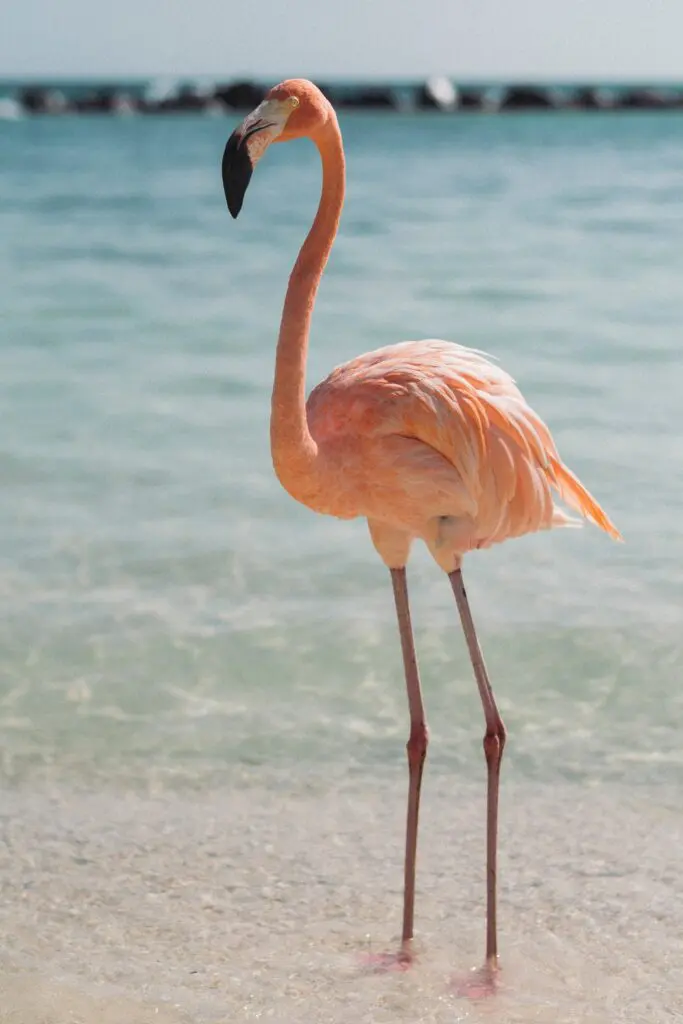Species information
Find out more about the six species of Flamingo and all other birds on the BirdLife DataZone
As a global Partnership, we believe in internationalism. We have translated as much content in your language as our resources allow. Please visit the English language site to view all of our content.

Flamingos are arguably among the most recognisable species of bird thanks to their long legs, slender necks, and striking colour. Flocks of flamingos are a sight to behold, and our work at BirdLife aims to ensure that their future is as bright as their feathers.
There are six species of flamingo which inhabit lakes, mudflats, and shallow lagoons in the Americas, Africa, Asia, and Europe. Of the six species, four are of conservation concern. The Andean flamingo is the rarest and most threatened species and is considered Vulnerable by BirdLife. The Lesser flamingo, Puna flamingo, and Chilean flamingo are Near Threatened, meaning they are in danger of decline in the near future if we do not act now to protect them.
Threats to their survival include water pollution, habitat loss, collisions with electrical wires, lead poisoning, egg harvesting, and disturbance from hunting and tourism.
Fortunately, Mar Chiquita, the biggest saltwater lake in South America and a haven for three threatened flamingo species, is in the process of becoming Argentina’s largest national park with the help of Aves Argentinas (BirdLife Partner) and international support.
Family: Phoenicopteridae
Diet: Omnivore
Lifespan: 20 – 30 years
Wingspan: 1 – 1.5 m
Size: 0.8 – 1.4 m
Weight: 2 – 4 kg
Group name: A flamboyance

Find out more about the six species of Flamingo and all other birds on the BirdLife DataZone
Flamingos are what they eat
While flamingos are famous for their pink feathers, shades can vary from white to pink to orange depending on their diet. The algae, molluscs, and crustaceans they eat contain pigments and the amount of pigment in their food determines the shade of their plumage. Young flamingos are white or grey until their colour kicks in at around two years old.
Long-standing friendships
Flamingos are a social species, choosing to live in flocks of hundreds or even thousands of individuals. This safety in numbers approach helps to protect them from predators. Flamingos commonly mate for life, and also make loyal, life-long friends. The birds consider compatibility when choosing who to befriend, and will avoid individuals they dislike.
Flamingos have adapted to survive in extreme conditions
Tough is probably not the first thing that comes to mind when you lay eyes on a flamingo, but they have adapted to extremely challenging environments where many other animals couldn’t survive. One example is Lake Natron in Northern Tanzania, the most important breeding site in the world for Lesser Flamingos. Water temperature can reach 60° C, and in places is so alkaline that it can burn away skin. This doesn’t phase the flamingo. Scales and tough skin on their legs protect them from burns, and they can drink water at near boiling point.
After ten-year struggle over the fate of these waters, in 2018 the Tanzanian government finally ruled against building a soda ash factory on Lake Natron’s shores. BirdLife is supporting ecotourism as a sustainable alternative income source for local people.

Our evidence-backed approach ensures your money will always go where it’s needed most
Join a worldwide community of bird lovers, and help to make a real difference
Join the ever growing community of Species Champions supporting our work to prevent extinctions